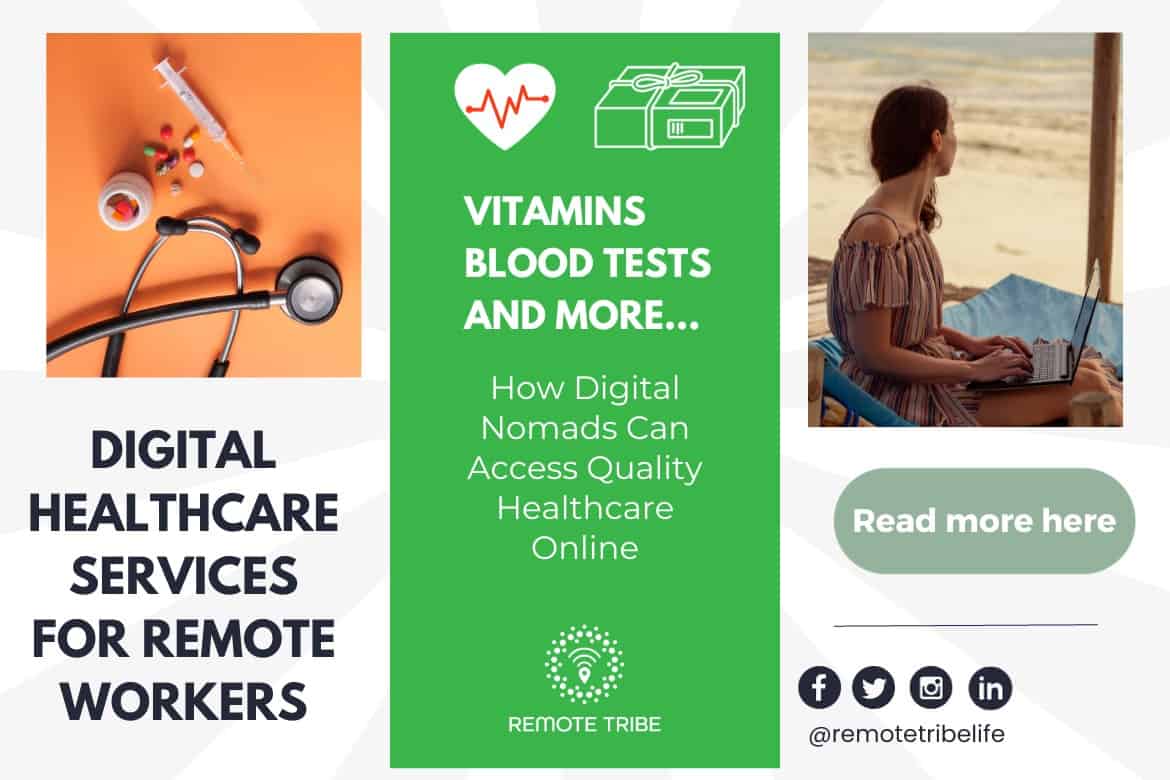Why Subscription Based Healthcare is Acquiring Popularity Among Patients Today
Why Subscription Based Healthcare is Acquiring Popularity Among Patients Today
Blog Article
Exactly How Subscription-Based Medical Care Is Reinventing the Clinical Market

The Surge of Membership Health Care
In the last few years, the medical care industry has actually observed a substantial change in the direction of subscription-based models, reflecting broader consumer trends preferring convenience and predictability. This change is driven by the raising demand for even more tailored and accessible care options. Subscription healthcare, sometimes described as concierge medicine or straight medical care, offers people a fixed regular monthly charge for a series of clinical services, significantly modifying typical fee-for-service designs.
The rise of subscription healthcare is helped with by innovations in technology, which make it possible for streamlined communication between individuals and companies - subscription based healthcare. Digital systems and telehealth services have actually become important, providing clients the ability to schedule appointments, access clinical documents, and get examinations online. This technological assimilation not only improves individual interaction however likewise allows service providers to supply more efficient care
In addition, the membership design aligns with the progressing expectations of individuals who seek even more control over their healthcare expenses and experiences. By eliminating the changability of co-pays and insurance cases, subscription-based healthcare offers a uncomplicated and clear technique. While this version is getting grip, its expansion encounters difficulties such as regulative obstacles and the requirement for broader acceptance within the traditional health care community. Its growing visibility notes a crucial moment in the development of healthcare distribution.
Advantages for Clients and Service Providers
Subscription-based health care uses a multitude of advantages for both companies and clients, reshaping the characteristics of clinical treatment. For patients, this model provides improved accessibility to medical care services. With a predictable month-to-month fee, people can enjoy unlimited assessments, lowered wait times, and individualized treatment. This plan typically leads to a much more proactive technique to health administration, permitting prompt treatments that can prevent chronic conditions from escalating. The economic transparency of subscription designs reduces the unpredictability connected with conventional fee-for-service payment, alleviating the burden of unanticipated medical expenditures.
For medical care carriers, subscription-based versions cultivate a more sustainable and gratifying technique. Administrative jobs are commonly streamlined, decreasing above prices and allowing suppliers to commit more time to client interaction. In general, subscription-based healthcare lines up the motivations of service providers and individuals, advertising a much more reliable and patient-centered medical care distribution system.
Trick Features of the Version
Frequently, the crucial attributes of the subscription-based medical care design emphasize its distinct method to providing medical solutions. Central to this model is the concept of click over here now foreseeable, monthly settlements, offering clients a see this site thorough series of services without the unpredictability of conventional fee-for-service structures. This version frequently consists of unlimited access to main treatment solutions, preventive treatment, and routine exams, making certain that individuals can engage with their doctor proactively as opposed to reactively.
Additionally, direct interaction channels, such as telemedicine and messaging systems, are highlighted, permitting patients to receive prompt recommendations and assessments without requiring in-person consultations. This improves availability and convenience, particularly for people with mobility restraints or those living in remote areas. The design additionally fosters stronger doctor-patient connections, as doctor are incentivized to concentrate on long-term wellness results instead of short-term brows through.
In addition, subscription-based healthcare commonly incorporates technical advancements, such as digital health and wellness documents and health surveillance apps, to offer effective and personalized treatment. Patients take advantage of coordinated and continuous treatment monitoring, which is tailored to their certain health and wellness needs. Eventually, these functions jointly develop a patient-centered healthcare experience, focusing on accessibility, expense openness, and preventive care.

Obstacles and Factors To Consider
While the subscription-based health care model offers countless advantages, it is not without its obstacles and considerations. One significant obstacle is making sure equitable access. Membership models may accidentally favor those with greater socioeconomic condition, potentially widening variations in health care accessibility for lower-income people that may have problem with regular monthly fees. This elevates ethical worries regarding inclusivity and equity in healthcare shipment.
Another challenge hinges on regulative compliance. Subscription-based healthcare has to browse a complex internet of laws that differ by region, including problems around client confidentiality, information defense, and state licensing needs. Making certain compliance without hindering the design's versatility and technology can be discouraging for service providers.
Furthermore, there is the danger of overutilization or underutilization of solutions. Individuals paying a fixed charge might overuse services, resulting in enhanced functional expenses, while others might underutilize due to fear of straining the system, potentially ignoring required care.
Future Potential Customers and Innovations
The landscape of subscription-based medical care is poised for makeover with arising advancements and progressing prospects. As modern technology continues to advance, the combination of artificial knowledge view website and machine learning presents considerable chances to enhance analysis accuracy and simplify client monitoring. Predictive analytics can reinvent preventive treatment by recognizing potential wellness threats prior to they materialize, therefore minimizing both prices and the burden on health care systems.
Moreover, telemedicine is set to expand within membership models, offering patients increased accessibility to health care specialists regardless of geographical restrictions. This not just promotes connection of care yet also equips clients to involve more actively in their wellness administration. Furthermore, blockchain modern technology offers potential in safeguarding patient information and making certain interoperability across platforms, fostering depend on and transparency.
Partnerships between tech business and health care suppliers are likely to yield innovative solutions, enhancing person experiences and outcomes. As these leads materialize, subscription-based healthcare has the potential to redefine exactly how care is supplied and accessed.
Verdict
Subscription-based healthcare is transforming the medical industry by using an extra available, predictable, and patient-centered approach to medical services. Regardless of challenges such as regulatory hurdles and potential disparities in access, the registration model holds pledge for an extra effective and personalized healthcare experience.
Subscription medical care, occasionally referred to as attendant medication or direct primary treatment, supplies people a fixed regular monthly fee for a range of medical solutions, substantially changing conventional fee-for-service versions.
In addition, the membership model lines up with the advancing assumptions of clients that seek more control over their healthcare expenditures and experiences. For individuals, this version provides improved accessibility to medical care solutions. In general, subscription-based medical care straightens the rewards of companies and people, promoting a much more effective and patient-centered healthcare shipment system.
In addition, telemedicine is established to broaden within registration versions, offering patients enhanced accessibility to medical care professionals regardless of geographical restraints. - subscription based healthcare
Report this page